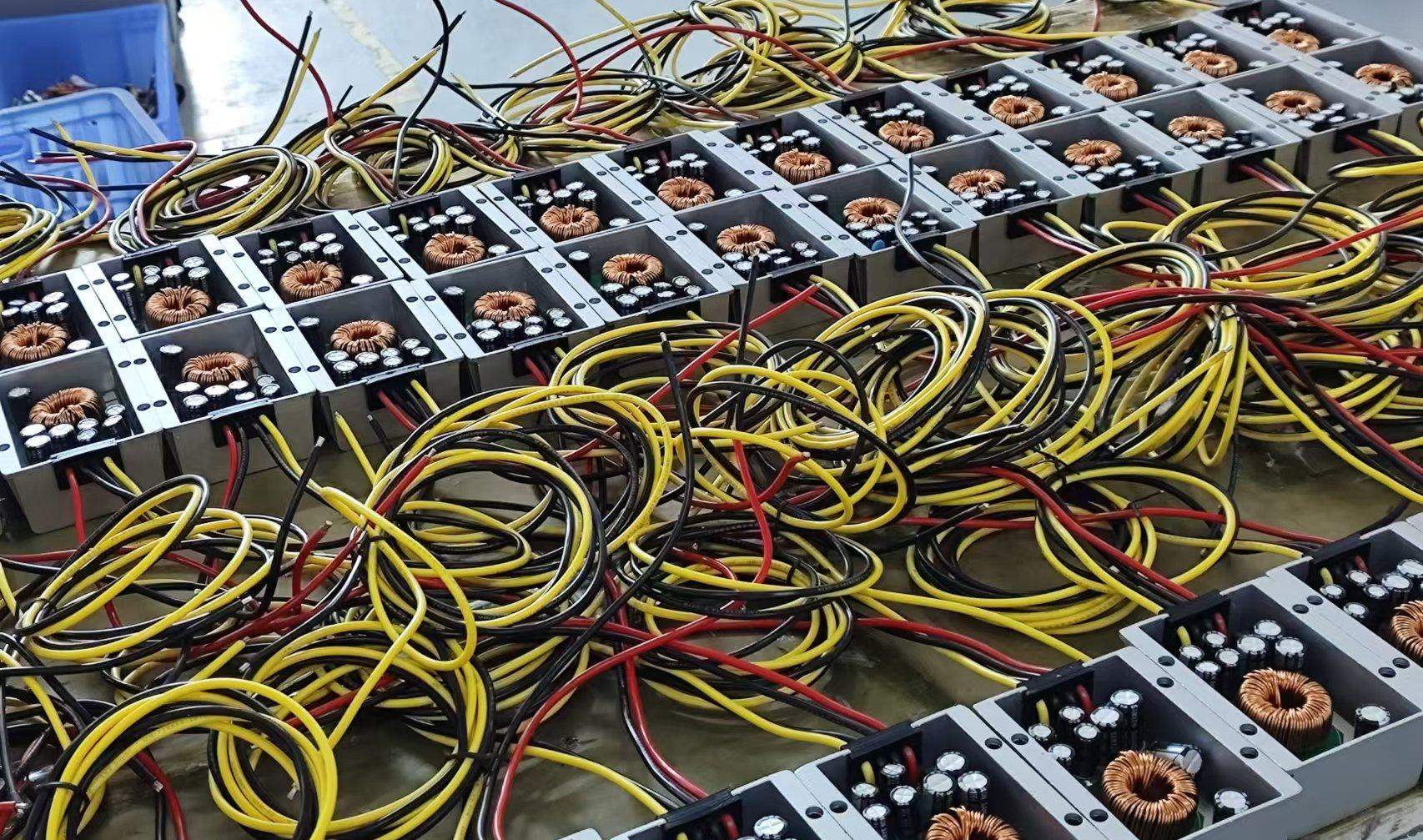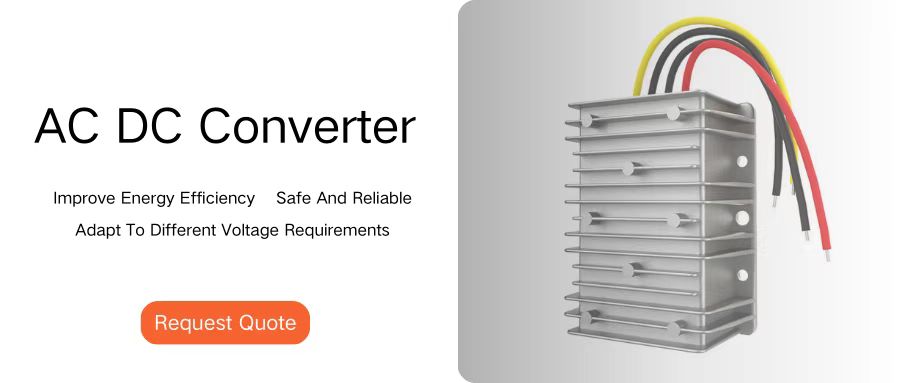AC DC converters are an integral part of modern electronic devices. They convert the AC power provided by the grid into the DC power required by the device. However, these converters may experience failures for various reasons.
Common Faults
Unstable output voltage: This is usually caused by input voltage fluctuations, internal circuit failures, or load changes. The solution is to check whether the input voltage is stable and use a voltage stabilizer or UPS to stabilize the input voltage. If the problem persists, the converter may need to be replaced.
Overheating: This is usually caused by poor heat dissipation or overload. Make sure the heat sink of the converter is clean and well ventilated. If overloaded, reduce the load or use a higher power converter.
Output voltage is too high or too low: This may be due to internal voltage regulation circuit failure or feedback loop problems. Check the voltage regulation circuit and feedback loop, and replace damaged components if necessary.
Noise or electromagnetic interference (EMI): This may be due to poor power line filtering or insufficient electromagnetic shielding. Add filters or improve electromagnetic shielding to reduce noise and EMI.
Short circuit: This may be caused by internal component damage or external short circuit. Check and isolate the short circuit source and replace the damaged component.
The power indicator light is not on: This may be due to a damaged indicator light or a power circuit problem. Check the indicator lights and power circuits and replace damaged components if necessary.
Low conversion efficiency: This may be due to improper design or aging of components. It is necessary to optimize the design or replace the aged components to improve efficiency.

Troubleshooting steps
Visual inspection: Check the converter for signs of physical damage, burning, or fluid leakage.
Measure input voltage: Make sure the input voltage is within the specified range.
Check the load: Make sure the load is within the specified range and is not overloaded.
Measure output voltage: Use a multimeter to measure the output voltage and make sure it is within the specified range.
Check heat dissipation: Make sure the heat sink is clean and well ventilated.
Check the circuit board: Check the circuit board for signs of burnt components or short circuits.
Use an oscilloscope: If possible, use an oscilloscope to check the waveform to identify possible fault points.
Solution implementation
Replace damaged components: If the diagnosis finds that a specific component is damaged, replace that component.
Cleaning and maintenance: Clean the heat sink and fan regularly to maintain good heat dissipation.
Use a suitable load: Make sure the load used matches the specifications of the converter.
Upgrade firmware or software: If the converter supports it, update the firmware or software to resolve known issues.
Replace the converter: If the fault cannot be repaired, consider replacing the entire converter.
Conclusion
AC DC converter failures can be caused by a variety of reasons, ranging from simple maintenance issues to complex circuit failures. By understanding these failures and their solutions, users can quickly diagnose the problem and take appropriate repair measures to ensure the normal operation of the device and extend its service life.







